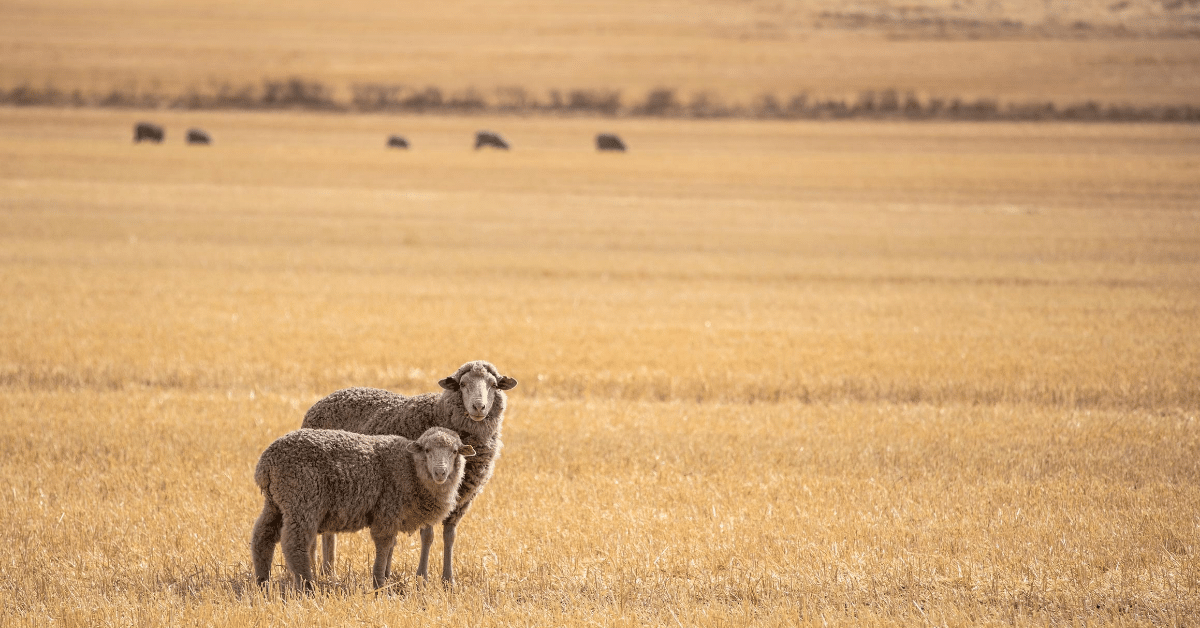
20 Aug Feeding Sheep for Productivity
In this post we will cover feeding sheep for productivity through complementary feeding programs. One of the major challenges facing livestock producers is the variability of seasonal rainfall and consequent pasture availability. When it comes to running a business, productivity and profitability are two areas you don’t want to fluctuate.
Incorporating additional feed sources like grains or pelletised feeds can assist producers in meeting nutritional requirements and maximising productivity in their sheep throughout the year.
Supplementary feeding should be looked at as a complementary feeding program, where the feed is chosen to specifically complement your existing feed base and the requirements of the stock you are feeding.
By ensuring that your supplementary feed complements your feed base, your sheep are more likely to utilise your entire ration efficiently which improves the cost-effectiveness of feeding.
Why should you complementary feed?
To meet changing energy, protein and nutritional requirements of your stock
The nutritional requirements of your stock can change depending on their life stage and production aims. It is important to ensure that their requirements are met as much as possible, especially in periods of increased demand, like late gestation or early lactation.
To fill nutritional or quantity gaps in your feed base
Not all pasture and forage systems meet the full nutritional requirements of sheep year-round. In order to maintain production, nutritional gaps should be avoided, as they can lead to decreases in the profitability in both breeding and commercial businesses. An example of this is in wool, where there is a direct relationship between fibre growth and feed intake, and rapid changes in feed can cause changes in fibre diameter and reduce staple strength.
For improvements in production
In both good and average seasons, providing your stock with additional feed to complement their existing diet can lead to improvements in productivity. For lambs and meat sheep, additional feed can assist in producing a finished animal. For breeding stock, additional nutrition in late gestation and early lactation can assist with fertility for the subsequent season.
For the maintenance and health of land and pasture
Providing an additional feed source to your sheep can help to relieve pressure on pastures and allow for adequate growth or recovery of the feed base. Overgrazing of paddocks can impact your land’s long-term health, leading to loss of vegetation, soil-erosion, compaction and a decline in healthy soil structure.
When rain resumes after a dry spell, continuing to feed can allow you to spell paddocks for longer, and alleviate the pressure on the juvenile plants and fragile root systems, to give yourself a healthy feed base long-term.
To set up for feedlotting and finishing
Finishing lambs with complementary feeding or in a full feedlot system gives producers the ability to meet market requirements for weight and fat score. Setting your animals up from an early age can improve their transition onto a grain-based diet, improve rumen development and subsequent digestion efficiency, as well as acclimating and training them onto a feed bunk.
Choosing the right feed:
Choosing the right supplementary feed is essential to getting the most out of a complementary feeding program. Despite providing additional feed, you still want your stock to graze your feed base efficiently (if there is one present), and not substitute, or choose the supplement over the available forage.
Two important factors in choosing a complementary feed are:
- Assessing your feed base
- Life stage/production aims of your stock
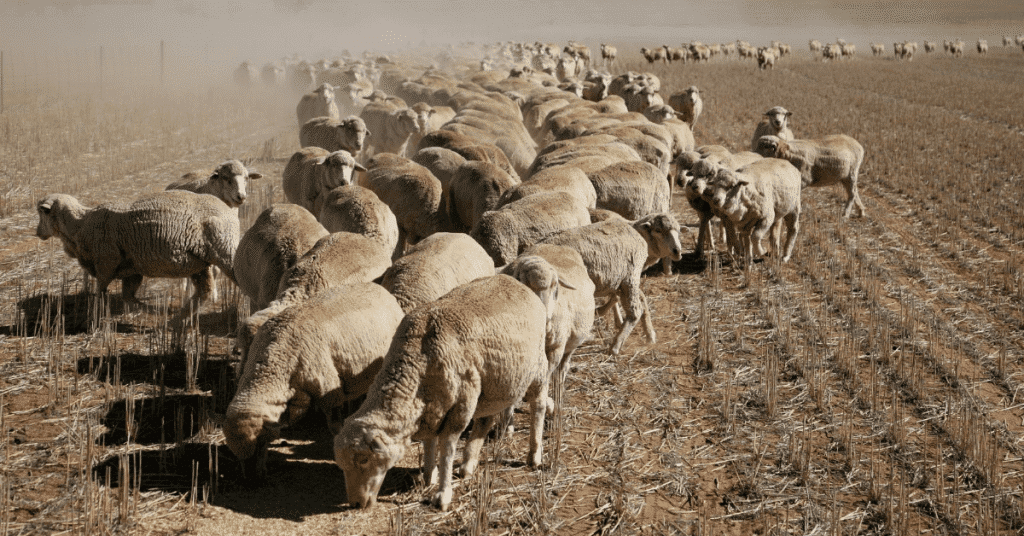
Assessing your feed base
The value of your feed base varies throughout the seasons, and is heavily influenced by the plant species, rainfall, and grazing history.
The key to assessment is looking at the quantity of your forage and working out what the limiting factor is. In summer, drier pastures are generally high in fibre, with energy and protein levels variable depending on the season. Here, the energy and protein levels become the limiting factor.
In autumn and winter, depending on rainfall, there is some growth that provides protein and energy, but not necessarily quantity, so feed availability becomes your limiting factor.
When feed base is limited:
Where the feed base becomes too low, as in late summer and autumn or in drought conditions, the complementary feeding program needs to become the full ration. During these times, it is essential to stop excessive live weight loss. It is generally more cost-effective to maintain weight in an animal, than to put weight on, especially if the animal has been lacking in nutrition.
Containment (confinement) feeding systems have become increasingly popular where the feed base is too low or needs to be preserved. These are systems where animals are fed in controlled areas, but not to the same density of feedlots.
Life Stage/Production Aims
The energy and nutritional requirements of sheep change depending on age, body condition, walking distance and reproductive status i.e. for ewes, whether they are dry, pregnant or lactating.
Matching your supplement to their nutritional requirements ensures that your sheep don’t experience nutritional gaps, and that you are feeding what they can utilise to minimise wastage.
Demands of breeding Ewes:
Breeding ewes in late gestation and early lactation have particularly high nutrient requirements. Loss of body condition during pregnancy or while lactating can be a detriment to your herd long-term, with fertility affected, and an increased chance of ewe mortality for the subsequent mating season. Nutrition during gestation in stud ewes can also have an impact on the lifetime fleece quality and production of their offspring.
Feeding lambs for development:
The early introduction of grain has been shown to set lambs up for more efficient grazing and pasture conversion. The papillae (responsible for nutrient absorption) develop under the influence of the products of microbial fermentation, namely volatile fatty acids, in particular butyrate and propionate. The microbes that produce butyrate and propionate proliferate in the rumen only when lambs are fed a grain-based diet.
The T&R veterinary and nutritionist team is available to provide free advice to sheep and lamb farmers. For personalised advice on feeding your ruminants, contact us on (08) 9296 4767.

Lamb Finisher Pellets
High in energy and digestibility to fuel growth, so your lambs can achieve optimum weight and fat scores. With the inclusion of RumiTech, an antibiotic free oil-based feed additive that buffers the rumen environment while enhancing feed conversion and rumen function. Ideal for feedlotting lambs to finish.
Crude Protein - 15%
ME (MJ/Kg) - 11.8
Fibre - 18%
Digestibility - 81%
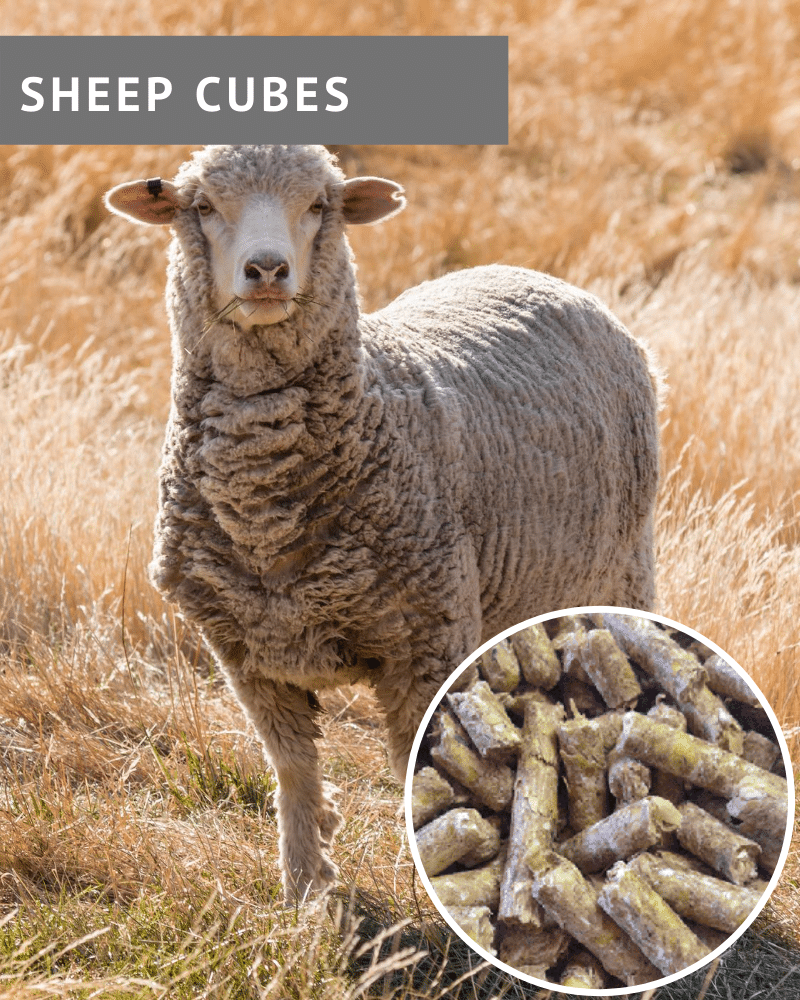
Sheep Cubes
Sheep Cubes are a high grain pellet, with high protein (12.5%), energy and added vitamins and minerals, to satisfy the nutritional requirements of sheep and provide cost-effective weight maintenance or gain.
Sheep Cubes have high digestibility and maximise feed conversion efficiency in your flock.
Protein - 12.5%
ME (MJ/kg) - 10.2
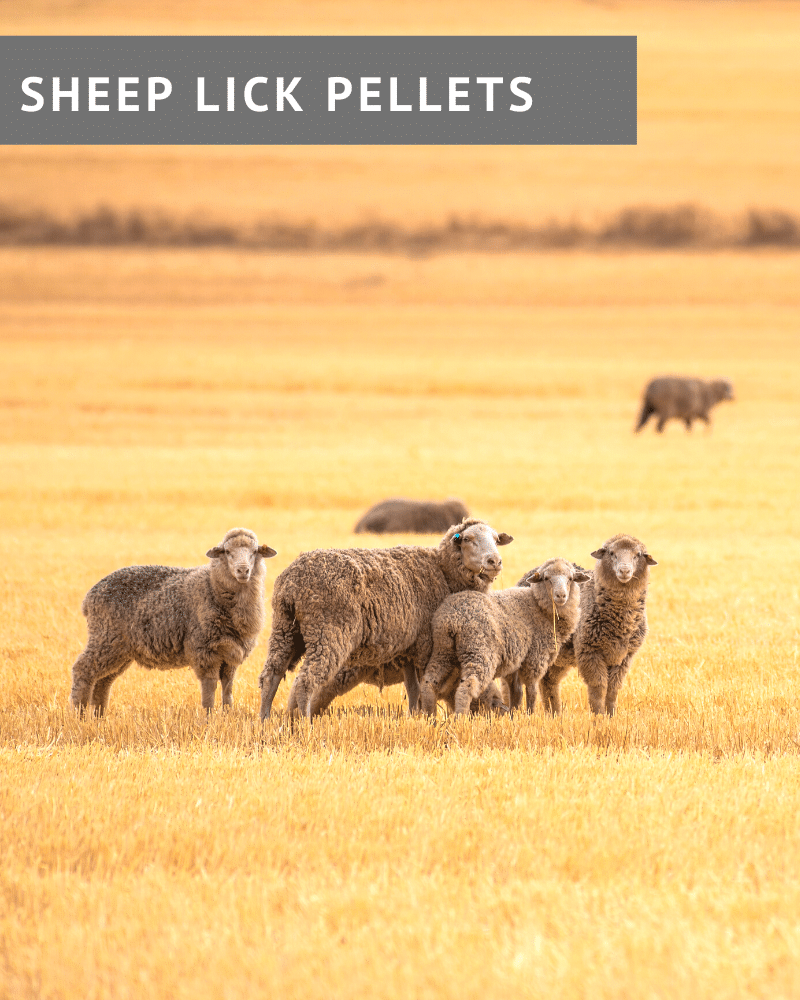
Sheep Lick Pellets
Lick Pellets are a concentrated and balanced protein, energy and fibre ration with the necessary vitamins and minerals to ensure good health and condition in your sheep. Made using RumiTech, an oil-based feed additive that buffers the rumen environment while enhancing rumen function and maximising your herd’s performance
Protein - 20%
ME (MJ/kg) - 11
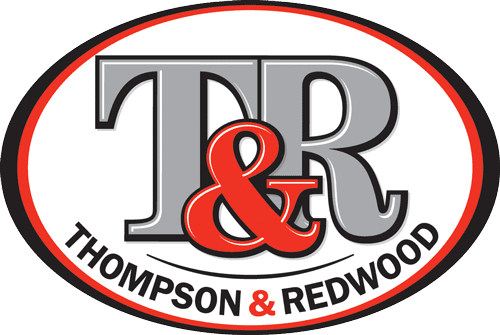


No Comments